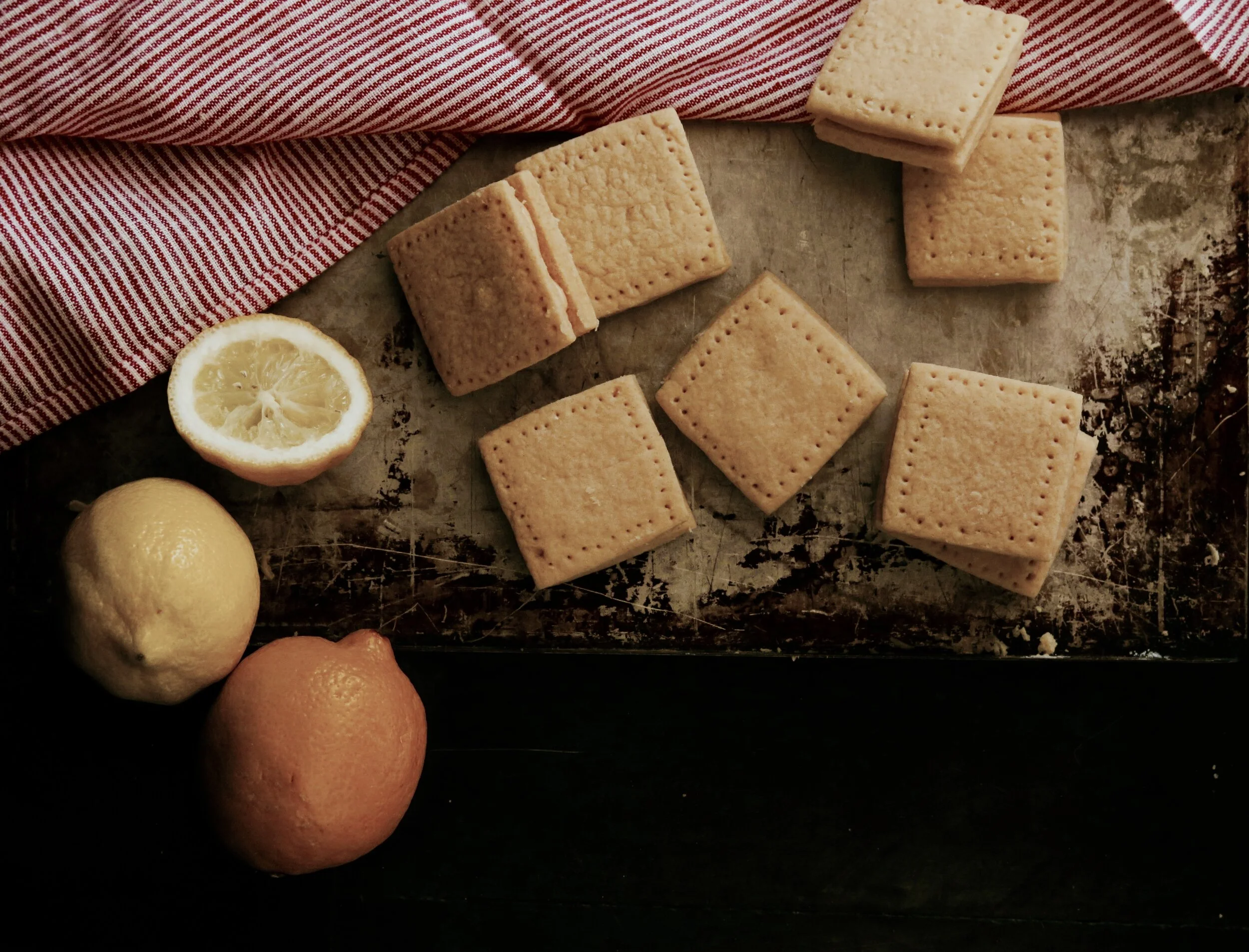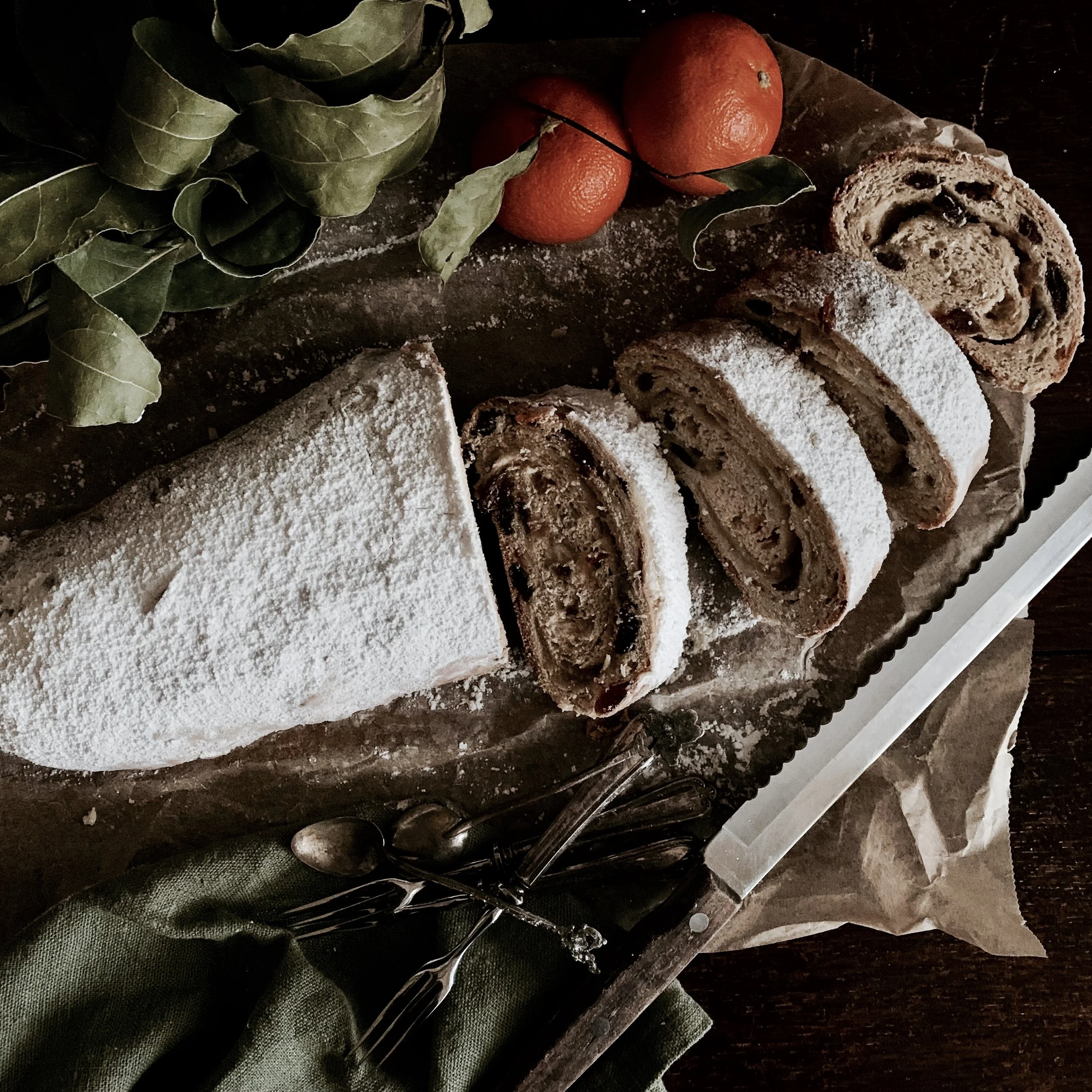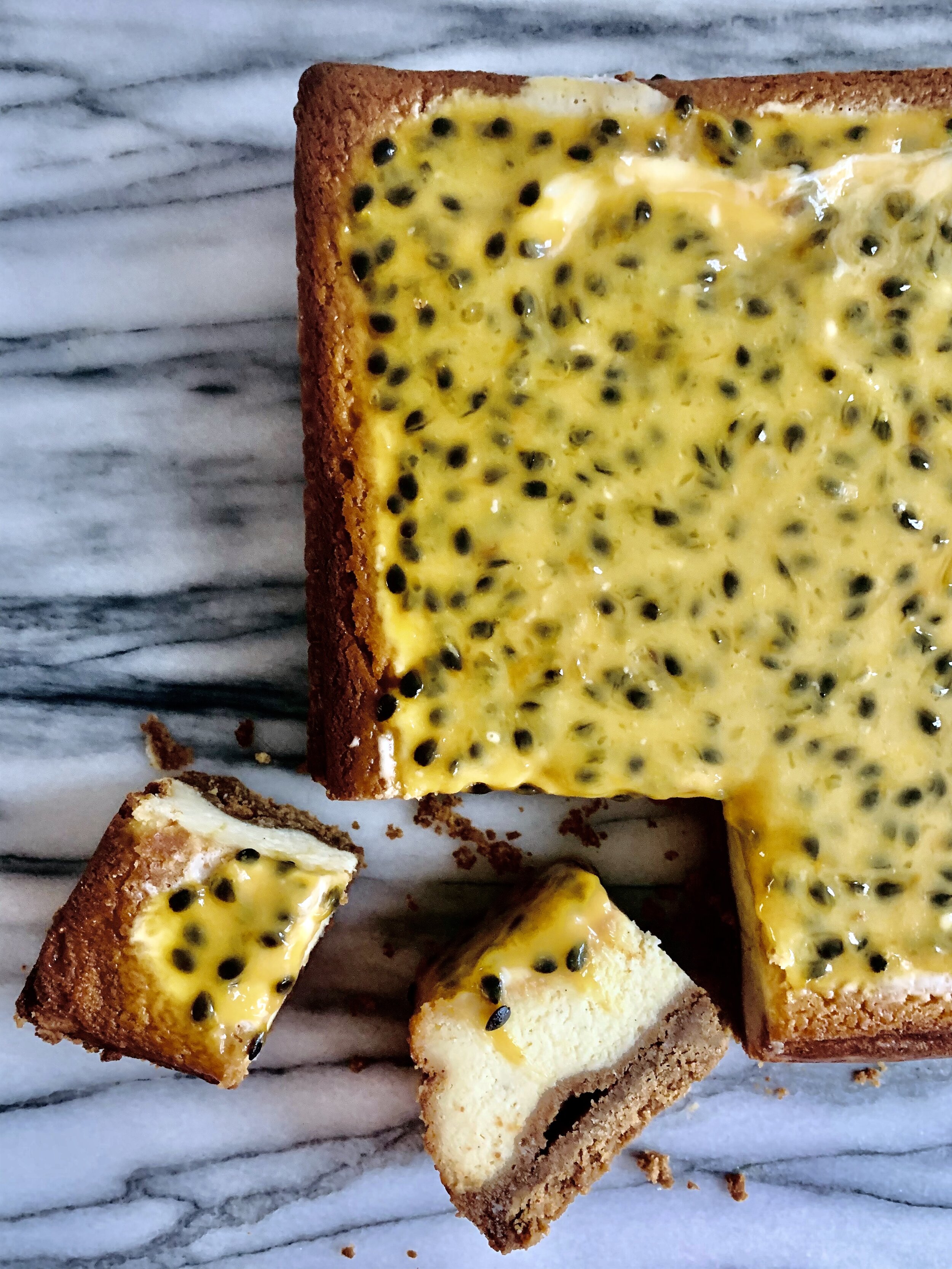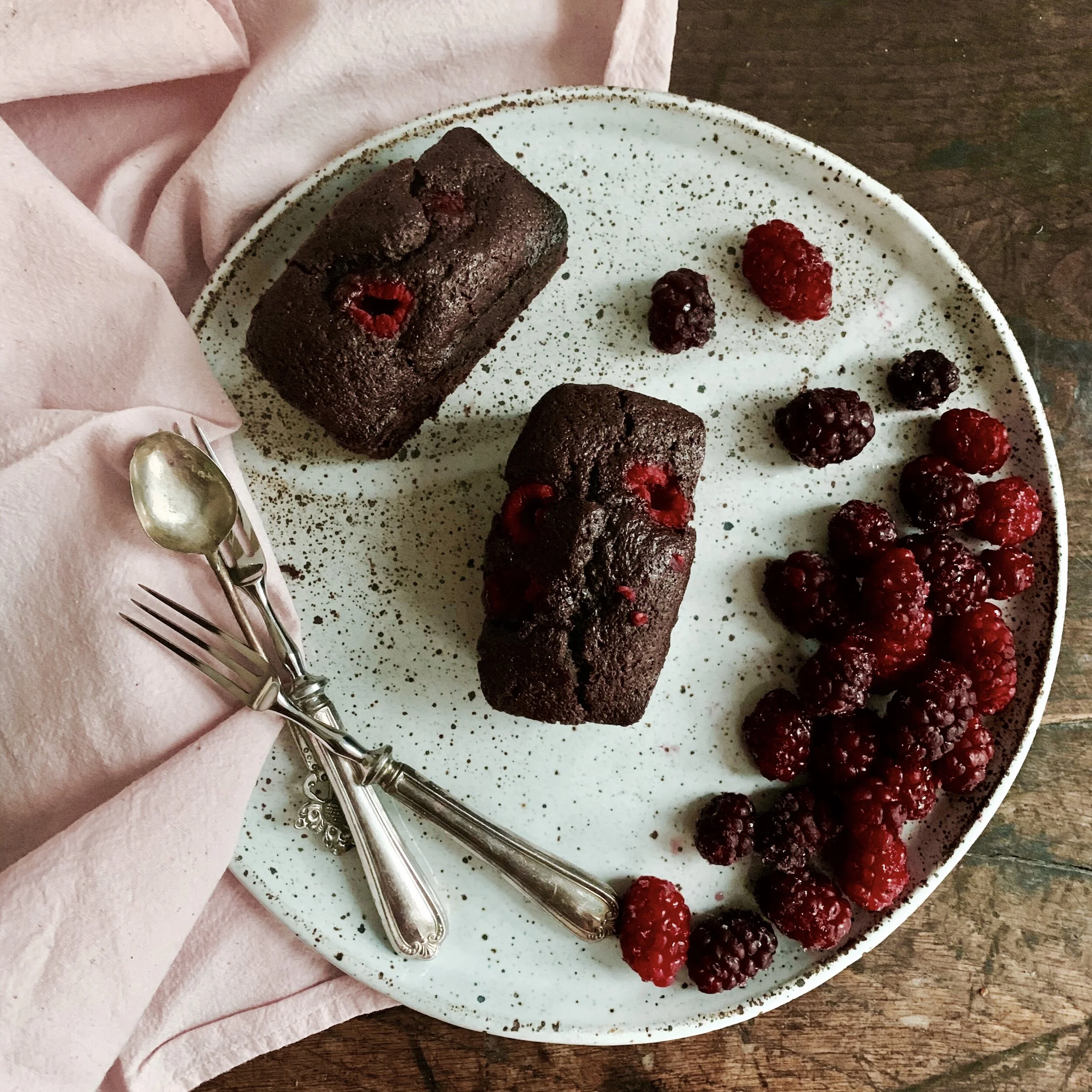Custard. The word conjures up the lurid yellow, pus-reminiscent gloop that pooled in lukewarm vatsin the school dining room. The skin would occasionally break into little congealed lily pads that were then ladled on to bowls of dried out sheet cake for the very odd person crazy enough to enjoy it. I was not one of those people.
I also loathe store-bought custard creams: they’re powdery and saccharin, and force your salivary glands into overdrive trying to conjure up as much spit as possible to prevent mouth desertification.
But these biscuits are a very distant relation to those. I am reluctant to call them custard creams as they are everything traditional ones are not. Instead of being brittle and flavourless, the biscuit is light, vanilla-scented, and so tender it almost dissolves on your tongue. And the filling is smooth, and generous, with a subtle lemon tang to add astringent relief.
They may look modest but these are dangerously addictive: once I took a batch from home as a gift to my friends at university. Five were left by the time I emerged from the 45 minute long train journey. You’ve been warned.
N.B these can be stored in the freezer in an airtight container for up to 3 months.
Recipe (makes 14)
Ingredients
200g plain flour
50g caster sugar
3 tbsp custard powder
1 tsp baking powder
50g butter, roughly chopped
50g vegetable shortening
1 tsp vanilla extract
½ egg, lightly whisked
1 tbsp dairy or plant-based milk
¼ tsp salt
Custard cream filling
250g icing sugar
2 1/3 tbsp custard powder
80g butter
1 tbsp lemon juice (about half a lemon)
1 ½ tsp vanilla extract
¼ tsp salt
Baking tray, lined with non-stick baking parchment or greased with butter and dusted with flour
Optional: Toothpick
Optional: Piping bag and round 0.5cm diameter piping nozzle
Method
1) If using a blender, pour in all the dry ingredients and pulse until full combined. Add in butter and vegetable shortening, and pulse until the texture turns to fine damp sand. If doing by hand, mix together the dry ingredients in a bowl, add butter and vegetable shortening and, using the tips of your fingers, rub them into the dry ingredients until the mixture resembles fine damp sand.
2) Lightly whisk together the vanilla extract, the half egg and milk. Then, pour in the dry ingredients and pulse again until mixture comes together into a dough (or stir in, if doing by hand).
3) Wrap dough in baking parchment (or cling film) and place in the fridge to rest for half an hour.
4) While the dough is resting, preheat the oven to 180°C and make the custard cream filling: place all the ingredients into a blender and pulse until they come together into a smooth paste. If making by hand, sieve the icing sugar into a bowl, pour in all the other ingredients and beat together until the mixture becomes totally smooth.
5) On a surface lightly dusted with flour, roll the dough out to a rectangle roughly 35cm x 20cm (about 3mm thick). Using a long knife, slice the rolled-out dough into 28 squares, 5cm x 5cm. You can do this by cutting the dough in half lengthways. Then again dividing the strip in half (so you end up with four long strips). Once the dough has been cut into squares, gently lift them on to the tray and space them about 2cm apart (they won't spread much, if at all). If you wish, use the toothpick to make dots around the border of the biscuits to imitate stitching. Place in the oven to bake for 4-6 minutes or until the biscuits are cooked through. They do not need to be golden, and it is better to err on the side of caution and slightly under-bake them as they will continue to cook on the baking tray once removed from the oven.
6) If using a piping bag, spoon the custard cream filling into it. Once the biscuits have cooled to room temperature, pipe the filling on to the non-tooth-picked side of half the biscuits. Simply spread the filling on to the waiting biscuits with a knife if you are not using a piping bag. Then sandwich together with another biscuit, tooth-picked side up. Serve and devour.
(Adapted from Nigella Lawson: Feast)

















